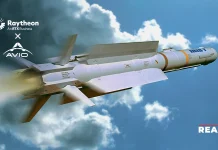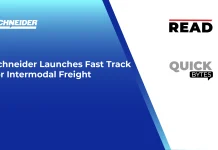L3Harris Technologies, received a contract with a potential value of up to $919 million to design and build 18 infrared space vehicles for the Space Development Agency’s (SDA) Tranche 2 (T2) Tracking Layer program that will provide near-global missile warning and tracking coverage.
“Space remains a growth engine, and we are well positioned to provide innovative solutions after having made significant investments in technology for space vehicles, payloads and ground software,” said Christopher E. Kubasik, Chair and CEO, L3Harris. “The SDA’s latest decision is another example of L3Harris listening to customers, knowing the threats and delivering value for stakeholders while supporting our country.”
L3Harris designed the missile defense solutions to support the U.S. military’s ongoing effort to build a robust constellation of satellites to protect against a new generation of hypersonic weapons that have increased speed, unpredictable flight trajectories and faint heat signatures.
Also Read : Skunk Works® Rolls Out X-59, NASA’s Newest X-Plane
The company’s technology will also support preliminary fire control capability for the SDA’s Proliferated Warfighter Space Architecture (PWSA).
In advance of this T2 Tracking Layer program win, L3Harris designed, developed and built four satellites in less than three years for the SDA’s Tranche 0 (T0) Tracking Layer program. Those T0 satellites will launch together with the U.S. Missile Defense Agency’s Hypersonic and Ballistic Tracking Space Sensor (HBTSS) satellite. With an anticipated launch in early 2024, the DoD will be able to warn, track and target advanced threats concurrently by launching the T0 and HBTSS satellites together.
L3Harris is also building a 16-vehicle satellite constellation for SDA’s Tranche 1 Tracking Layer program, which follows the T0 Tracking Layer capabilities with targeted technology enhancements, expanded coverage, increased integration and greater production efficiencies, which will begin to build out the operational space-based constellation and be used to inform future capabilities of the PWSA.
SOURCE : BusinessWire




